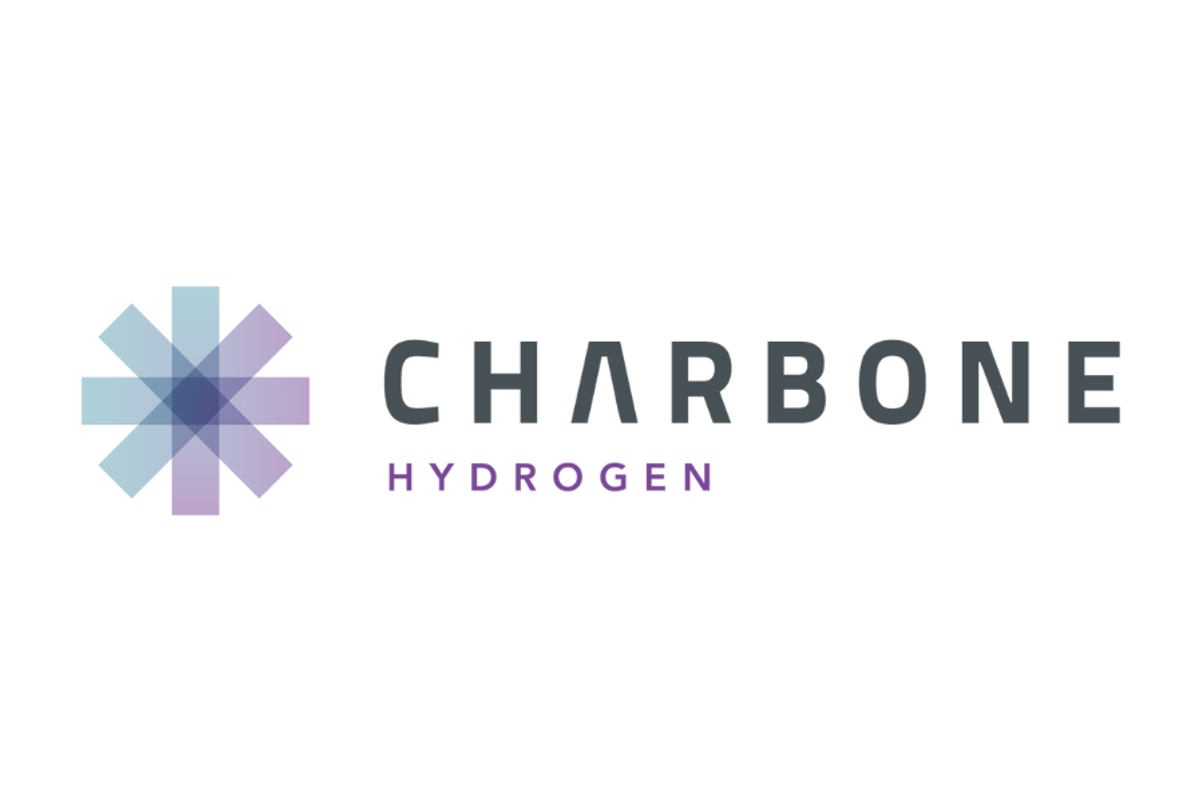Schneider Electric, the global leader in the digital transformation of energy management and automation, and BitSight, the leader in detecting and managing cyber risk, today announced a strategic partnership to develop a first-of-its-kind global Operational Technology (OT) Risk Identification and Threat Intelligence capability.
In recent years, both opportunistic and advanced cyber threat actors have shown increased willingness to target industrial and operational sites. Schneider Electric and BitSight each see their partnership as an important step in furthering their commitment to improve the security and resilience of their communities - by detecting OT protocols exposed over the internet and contextualizing them with improved attribution.
Through a joint effort, Schneider Electric will fuse its deep knowledge of OT protocols and systems with BitSight's market-leading exposure detection and management capabilities in order to generate the critical insights necessary for proactive security monitoring of externally observable risks to the OT community. The goal of this collaboration is to strengthen industrial security and provide more visibility into Industrial infrastructure and Industrial Control System (ICS) devices that may be at risk from a cyber breach.
"We are delighted to be partnering with Schneider Electric on this critically important initiative to better manage the cyber risk of Internet-connected OT systems. Both BitSight and Schneider Electric share the mission of creating trust in the digital economy by improving cybersecurity protection across all interconnected business types and industries," said Stephen Boyer, Co-Founder and Chief Technology Officer at BitSight. "Operational Technology systems are often exposed and vulnerable to attackers who can exploit them through connected devices and converging networks. By partnering with Schneider Electric, we are proactively addressing this downstream risk by expanding our capabilities to better detect customers' industrial infrastructure and control systems at risk and to help them improve business resilience."
"With the enriched data and insight collected by BitSight, Schneider Electric is developing an OT threat intelligence capability to notify and work with customers who have exposed assets or insecure Internet facing deployments," stated Christophe Blassiau, SVP, Cybersecurity & Global CISO at Schneider Electric.
The capabilities derived through this partnership will provide the data necessary to identify important areas of risk concentration and drive further remediation initiatives, benefitting both customers and the community at large.
The new capability focused on risk identification and reduction across the entirety of the OT domain is not an exclusive arrangement between BitSight and Schneider Electric. Participation is open to all OT vendors willing to share information about their products to improve risk detection and attribution capabilities.
Attachment
Global PR Central Team


